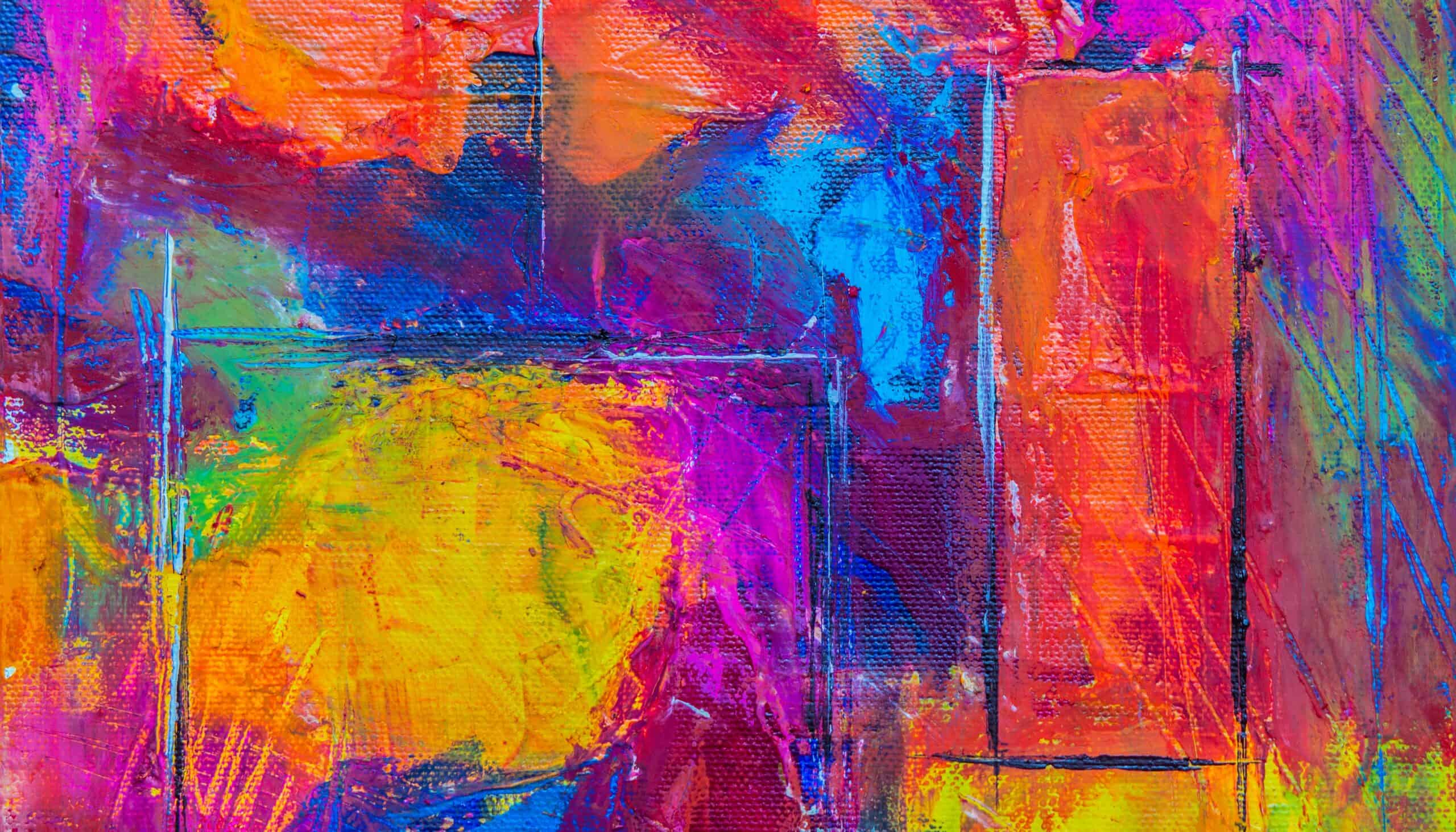How To Make Purple Oil Paint
Painting with oil paints is a great way to express yourself and create beautiful works of art. However, achieving the perfect shade of purple can be difficult. If you're looking for that elusive hue, then this article will provide you with tips on how to make your very own custom-blended purple paint. With the right combination of colors, you'll soon have an amazing palette full of vibrant hues!
As an artist or instructor, I know just how hard it can be to craft the ideal color from scratch. But by following these steps, you’ll get the exact tone of purple that you desire in no time. We’ll discuss which pigments are best used for creating this deep hue and teach you techniques for mixing them together correctly. Before we start though, let's take a look at why purple is such a special color.
Purple has long been seen as a signifier of royalty and power - its regal tones demand attention wherever they appear! It also adds depth and moodiness to any painting; whether it’s bright magenta or dark indigo – there’s something captivating about this mysterious shade that never fails to draw people in. So without further ado, let's dive into our guide on how to make your very own homemade purple oil paint!
Color Theory
The color purple has been a symbol of power and creativity since antiquity. In the modern era, it is still associated with royalty, luxury, and ambition. To create a beautiful painting in this regal hue requires not only skill but an understanding of how to mix pigments together - a science that dates back centuries.
At its most basic level, oil paints are composed of pigment particles suspended within a medium made from linseed oil or other vegetable oils. Achieving the perfect shade of purple involves combining two primary colors: red and blue. The key to success lies in selecting the right combination for your desired effect; more specifically, choosing which pigments will combine to produce either warm reddish purples such as magenta or cooler bluish purples like lavender.

Knowing how much of each pigment to add is also important. Too much red can make the final product appear brighter than what you had intended while too much blue could create a grayish hue instead of true purple. With enough practice and trial-and-error experimentation though, you'll be creating masterpieces in no time! Next up we're going to look at choosing the right pigment for our project...
Choosing The Right Pigment
Now that we have discussed the basics of color theory, it's time to focus on what you need to do in order to make a stunning purple oil paint. To start, you'll need the right pigment. This is crucial for creating any painting and getting the desired shade of purple. Fortunately, there are many options available when it comes to choosing pigments for your art project.
The most popular option among artists is Ultramarine Blue or Phthalo Blue because they offer vibrant shades of purple without losing their intensity over time. Another great choice is Cobalt Violet which gives off a deep, jewel-toned hue with excellent opacity and lightfastness. Combining these two colors can create an even more intense tone if that's what you're looking for!
Additionally, Cadmium Red Deep also works well as a complementing hue when trying to get a bright purple color.
With each pigment having its own unique qualities and characteristics, it's important to consider how they will affect your painting before making a decision about which one to use. After you've chosen the perfect pigment for your artwork, the next step is obtaining the right oil base.
Obtaining The Right Oil Base
Making the perfect purple oil paint is like solving a puzzle. Every step of the way requires precision and care to ensure you get that vibrant, eye-catching color. The first piece of the puzzle? Obtaining the right oil base.
To begin your journey toward crafting luscious purple hues, here are some must-have items:
- Turpentine or white spirit
- Linseed Oil
- Walnut Oil
- Safflower Oil
These four oils will provide you with an ideal balance between drying time and flexibility for your painting needs. They also produce the best consistency when added together in the right proportions!
Now that you have all your supplies ready, let’s move on to mixing techniques so you can create stunning shades of purple! By carefully blending each type of oil into your pigment mixture, you’ll be able to achieve different levels of intensity or vibrancy in no time at all.

Mixing Techniques
Mixing purple oil paint is a process that requires patience and attention to detail. There are several key techniques for achieving the desired shade of color, which I will outline in this section.
Technique | Benefit | Challenges |
|---|---|---|
Mix Ultramarine Blue & Alizarin Crimson Pigment. | Produces strong lightfastness with a slightly redder hue than other mixes | Requires precise measurements of pigment concentrations or risk a duller tone than desired |
Add White Pigment to Deep Violet Hues | Enhances subtle tones while creating lighter shades; provides opacity and vibrant hues due to high levels of titanium dioxide content in white pigments | Too much white can result in an undesired grayish hue; white may not adhere as well when using less expensive brands of paint mediums like linseed oil or turpentine. |
Create Mixtures with Green-Purple Intensity Levels by Combining Sap Green & Red Shade Originals | Creates more intense colors with greater depth and vibrancy; allows mixing unique shades without relying on readymade paints | Risk producing undesirable muddiness if too much sap green is added to the mix, making it necessary to start over from scratch. |
Using these three basic methods, you can create many variations in your painting palette. The nuances between each one provide endless possibilities for adding texture and complexity to your work. With practice, you'll be able to confidently experiment and find just the right shade for any project!
Finishing And Preserving The Paint
Now that the paint is mixed, it’s time to finish and preserve it. To do this properly, I have a few tips:
- Make sure you store your oil paints in airtight containers, like tins or jars. This will keep them from drying out too quickly.
- Use a varnish or medium on top of your finished piece to protect the colors and give them an extra glossy look.
- When cleaning up after painting with oils, use mineral spirits instead of water as they can damage the pigments.
- And always remember to never mix different brands of oil paints together - doing so could cause unexpected reactions!
These finishing steps are important for keeping your purple oil painting vibrant and lasting longer than if left untreated. But even with careful attention, you may still encounter problems along the way. In the next section we'll explore some troubleshooting tips that may help when things don't go quite right.
Troubleshooting Tips

Troubleshooting tips for making purple oil paint can be like a breath of fresh air to those feeling overwhelmed. But don’t worry, with a few simple steps you’ll have your desired hue in no time! First off, if your mix is too dark, try adding an extra dash of white pigment or use a smaller amount of the colorant than suggested. On the flip side, if it's not dark enough simply add more dye until you reach your target shade.
Additionally, keep in mind that different brands and types of pigments may affect the outcome so experiment before committing to any recipe.
As far as consistency goes, thickening agents such as wax emulsion are available at art supply shops for when you want to achieve a thicker texture. With these helpful tips under our belt, we can confidently create beautiful works of art with perfect hues every time!
Conclusion
As an artist, I've been making my own oil paints for years. The process of creating a perfect purple paint is simple once you understand the basics of color theory and have chosen the right pigment for your needs. When mixed with the correct oil base it's easy to achieve beautiful hues that can be used in any painting medium or technique.
The key to success when mixing this type of paint lies in understanding how different oils interact with one another, as well as being familiar with proper finishing and preserving techniques. With practice and experimentation, you'll soon be able to create stunning works of art using your very own homemade purple oil paint!
Ultimately, there’s no doubt about it - learning how to make purple oil paint will open up a world of possibilities for your artwork! So why not give it a try? You may just find yourself falling in love with this vibrant hue – and who knows what masterpieces await you on the horizon?






